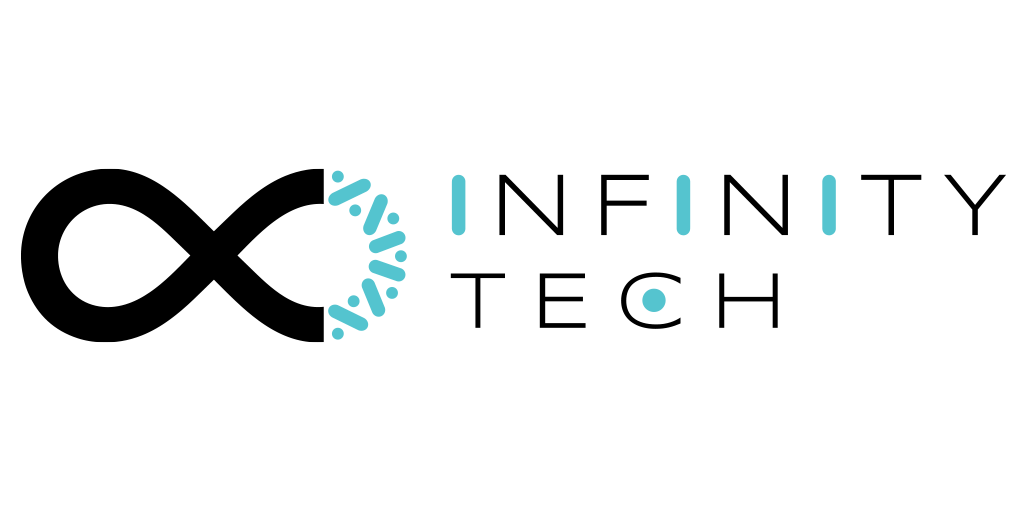The software development industry is being dramatically changed in 2025 as emerging technologies and changing work patterns are redefining application development, deployment, and operation. These three most important trends this year are contributing the most: AI-based development, cloud-native technology, and a security-first strategy. Let’s find out how each one is revolutionising the future of software.
AI-Driven Development
Artificial intelligence is no longer a buzzword; it’s part and parcel of software development. Right now, as of 2025, AI software is creating code, reporting bugs, auto-documenting and suggesting architectural optimisations. GitHub Copilot and Amazon CodeWhisperer are built around AI and already have a seat in the developer’s workflow.
AI is also transforming testing and QA. Automated test case generation, run-time bug detection, and AI-based performance monitoring reduce man-hours lost in manual testing and speed up the delivery cycle. AI tools, for project managers, provide intelligent resource allocation, risk analysis, and delivery planning.
Also, low-code and no-code platforms powered by artificial intelligence are allowing business users to build applications with little to no technical knowledge. Democratising development, this is allowing businesses to build and deploy products faster without needing to completely depend on engineering teams.
Edge and Cloud-Native Computing
Most new applications are built from microservices architecture, packaged into containers. With the ability to empower teams to develop, test, and scale independent features, this modular software development model fundamentally increases coordination and time-to-market.
Serverless computing is also gaining momentum, especially for event-driven programs. Developers no longer concern themselves with equipping servers; they just care about coding to respond to live data and user input.
At the same time, edge computing is also developing rapidly. With IoT devices becoming in demand, increasingly processing is happening close to users. Edge computing is being applied in smart cities, autonomous vehicles, and medical equipment to deliver quicker, more responsive services without necessarily needing central cloud infrastructure.
In addition to edge and cloud-native computing, they are creating a flexible and more robust application environment that is in harmony with today’s business and user needs.
Security-First Development
Security is embedded at the core of software development in 2025. The era where security is an afterthought is over. It is now required that developers embrace secure coding habits from day one and include security in CI/CD pipelines.
Since DevSecOps is growing, the intersection of development, security, and operations, the security testing is ongoing and automated. Dynamic and static code analysis tools scan every update, and the vulnerability management tools monitor open-source dependencies in real time.
Zero-trust architecture is also becoming mainstream as an acceptable security design. It doesn’t default to trusting any user and any service and requires each endpoint to be authenticated and authorised. For developers, this implies creating APIs and services with identity and access control built in from the start. Compliance with regulation, data privacy, and threat modelling have today become day-to-day common concerns for the engineering teams and are no longer just security teams.
In 2025, software development is quicker, smarter, and more secure. Developers are leveraging AI to deliver maximum productivity, taking cloud-native approaches to become economically larger, and adopting security-first practices in creating trustworthy software. Staying ahead of these trends isn’t just a good thing.





